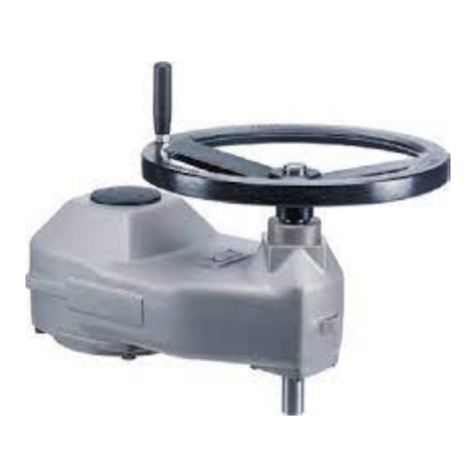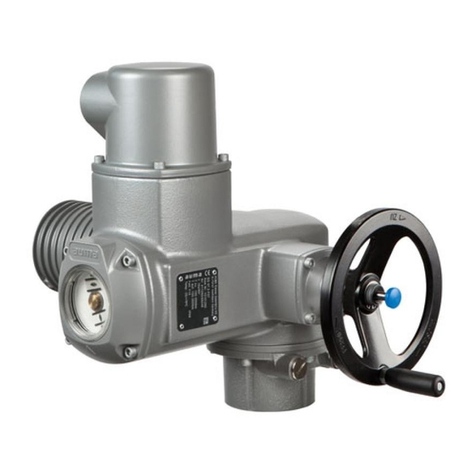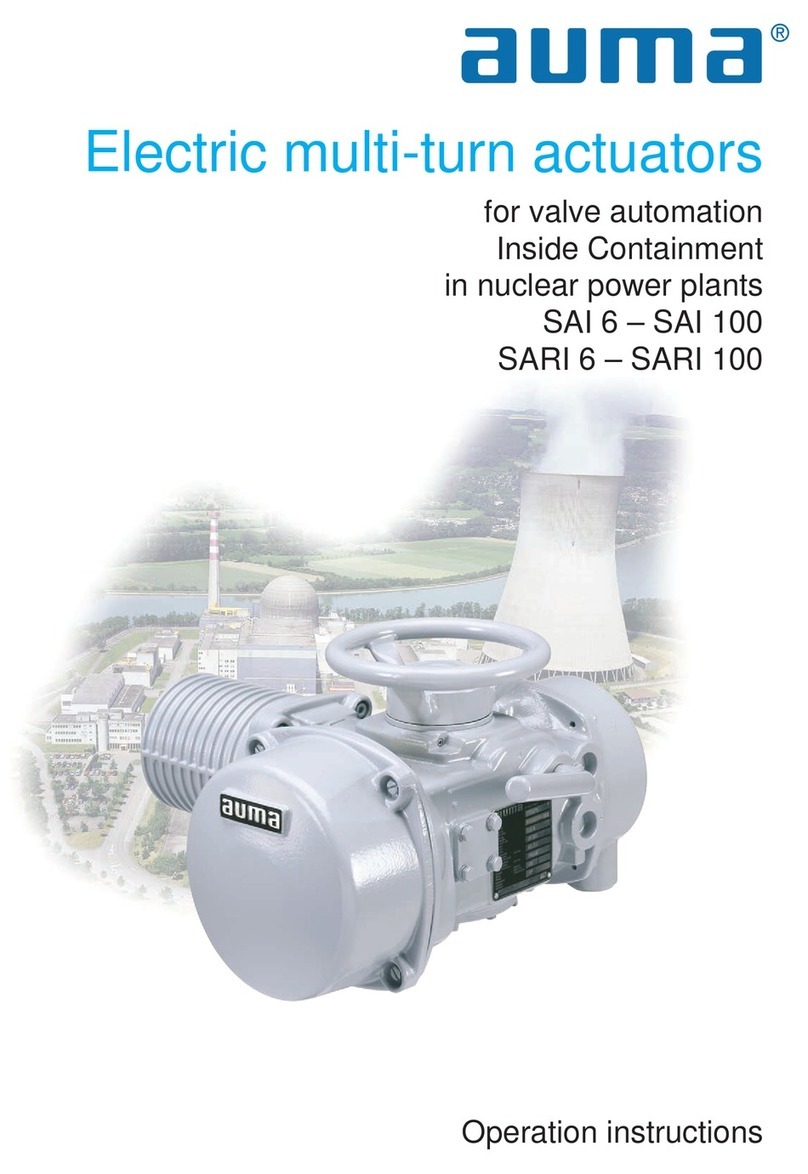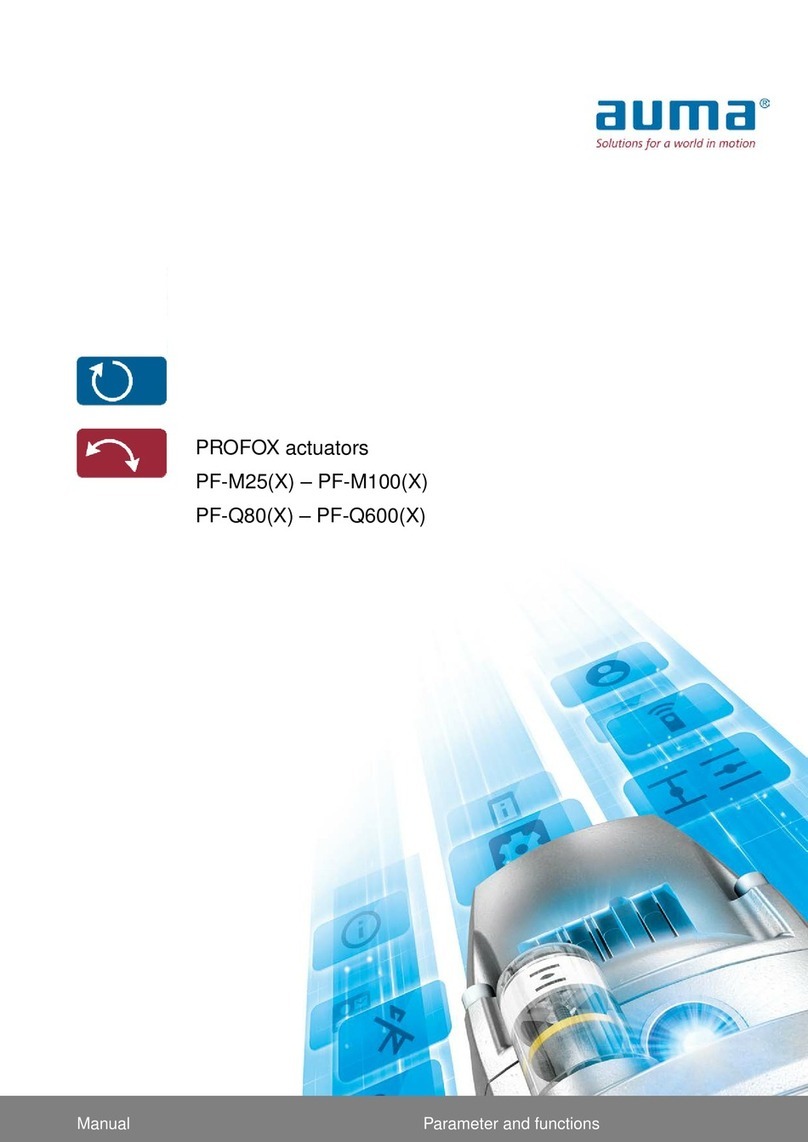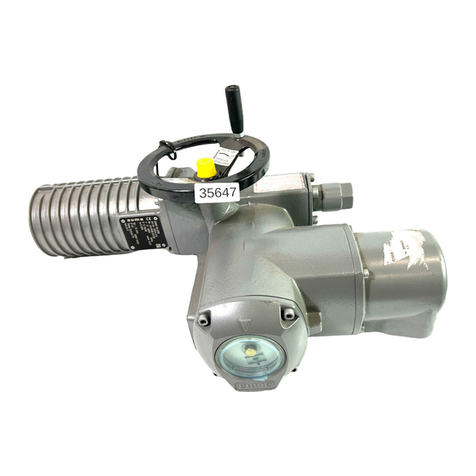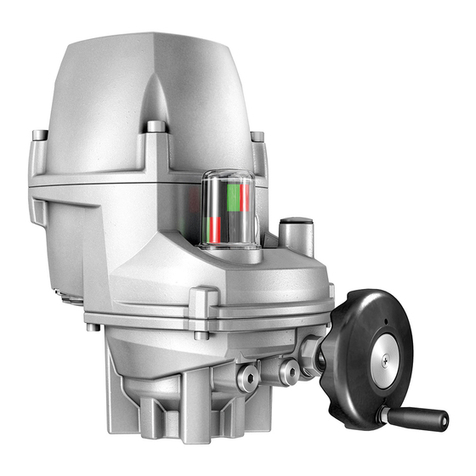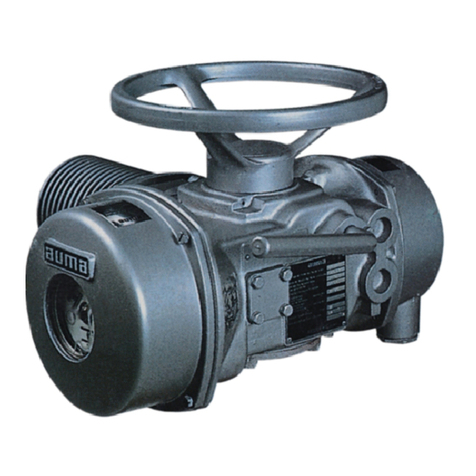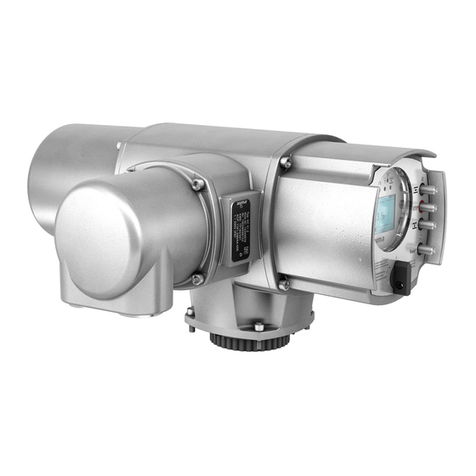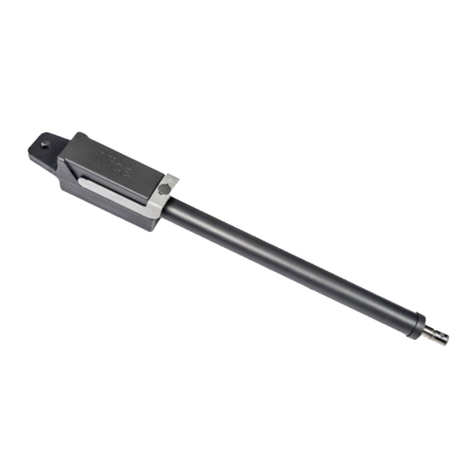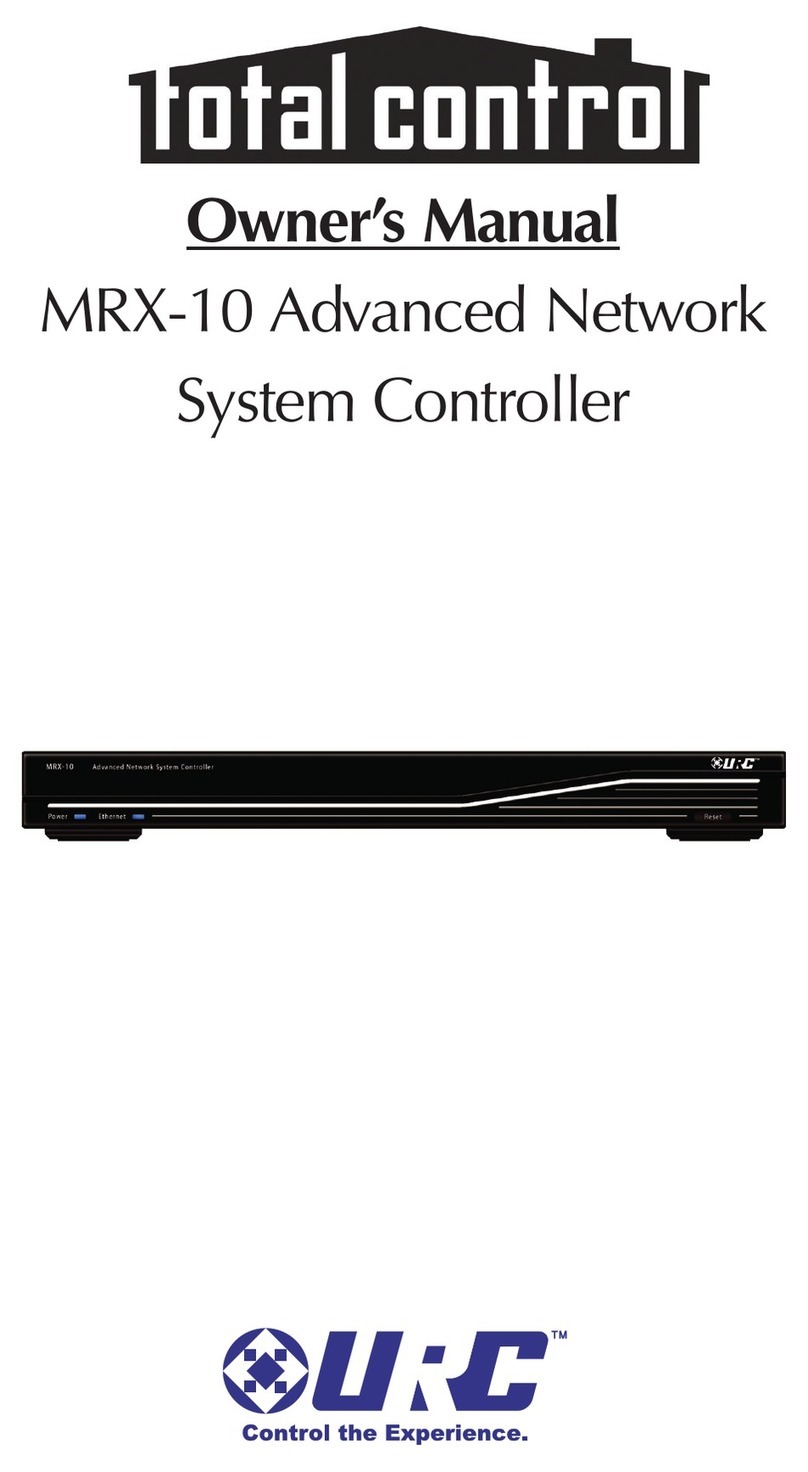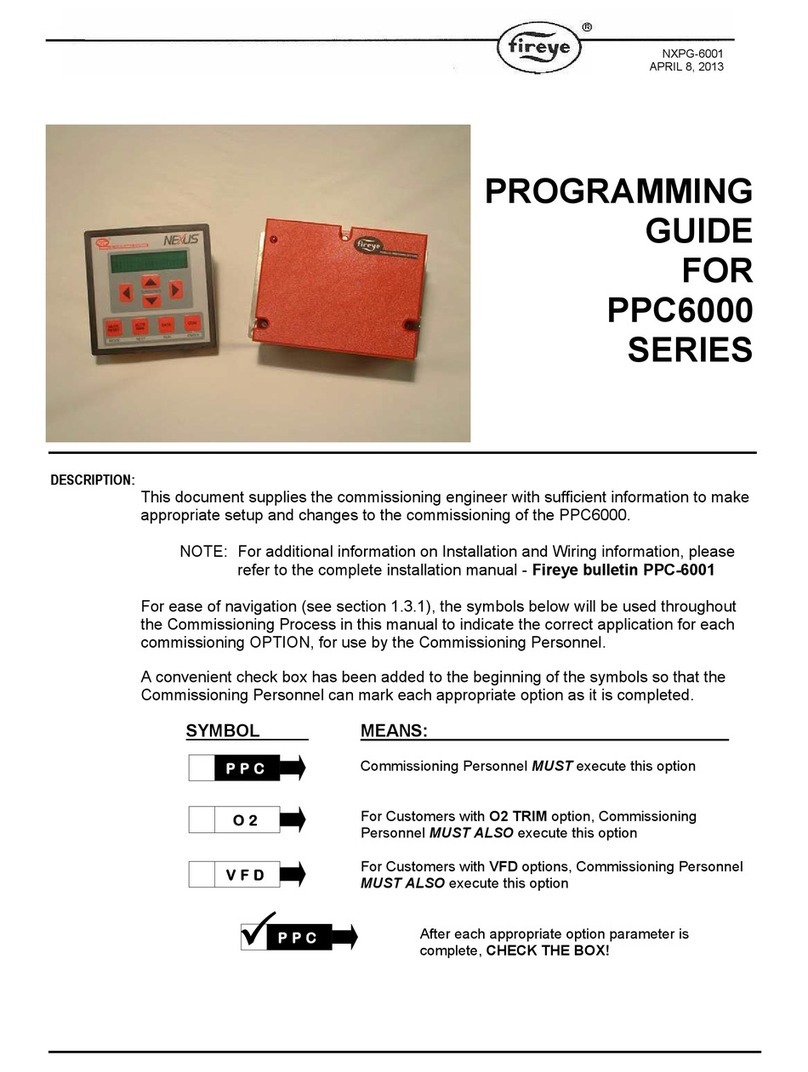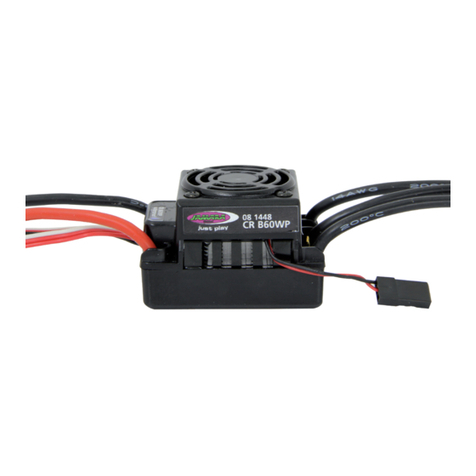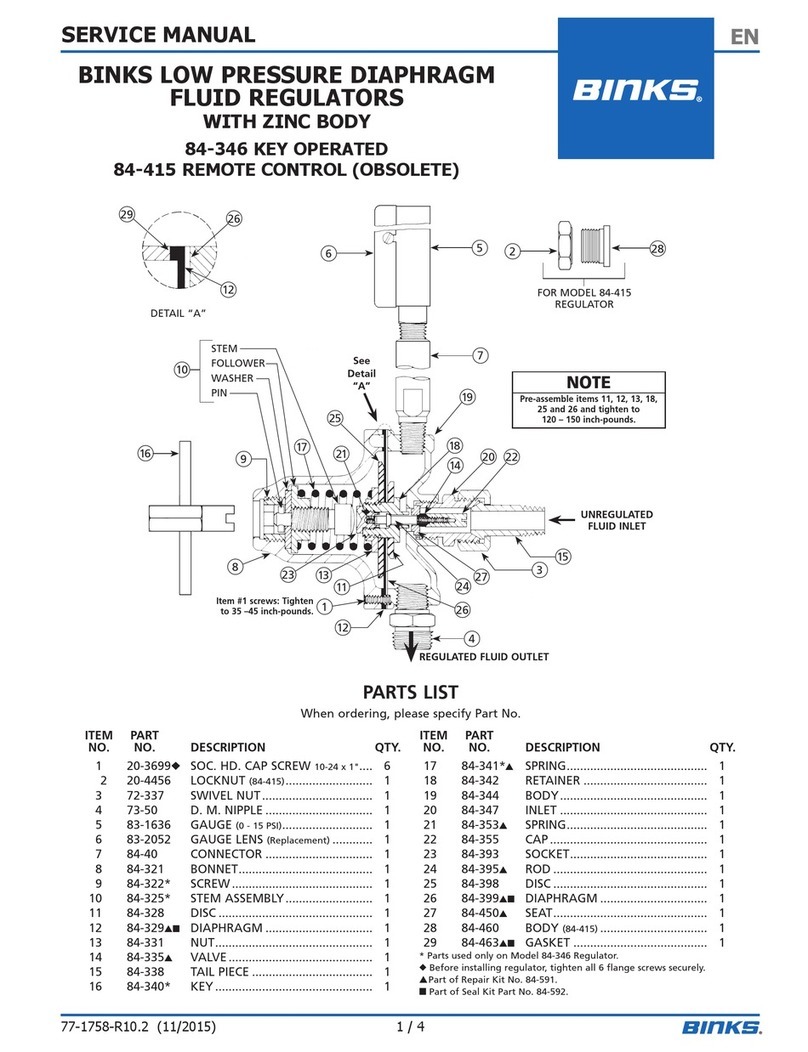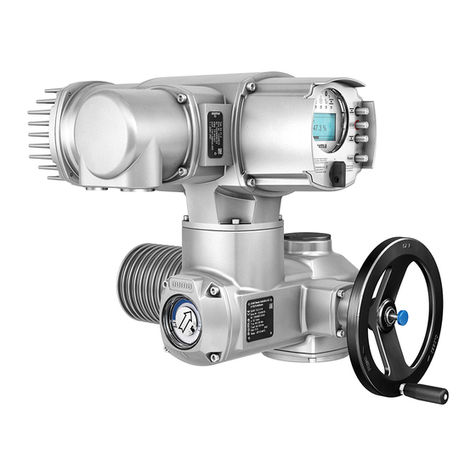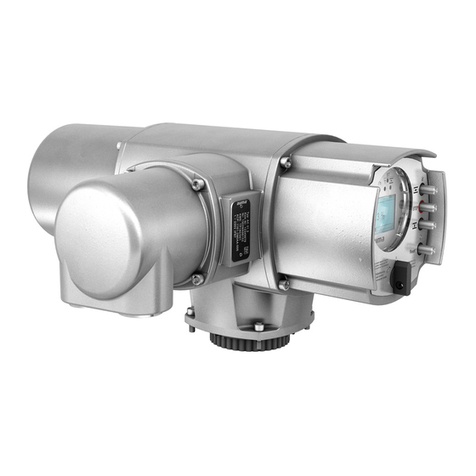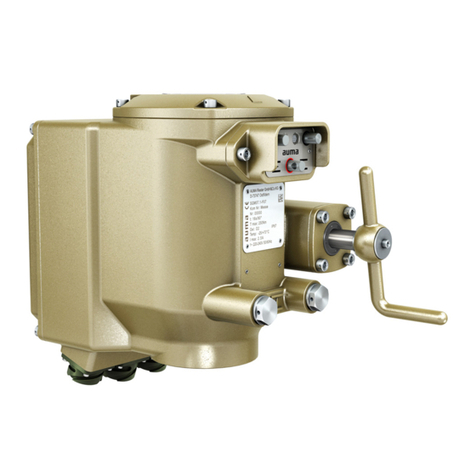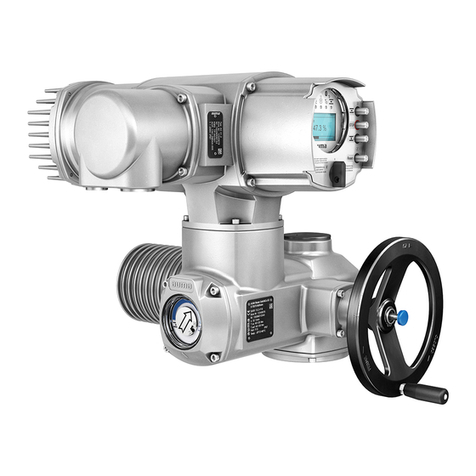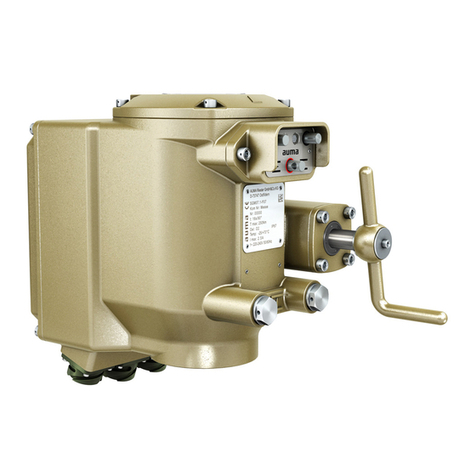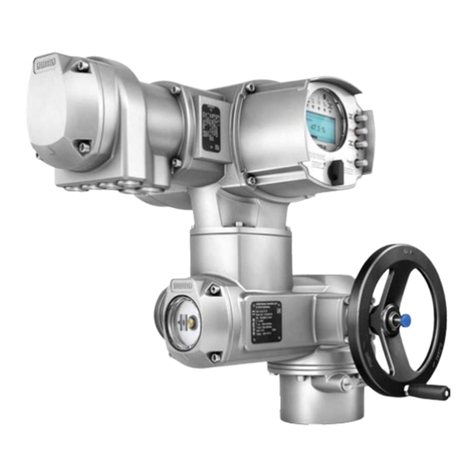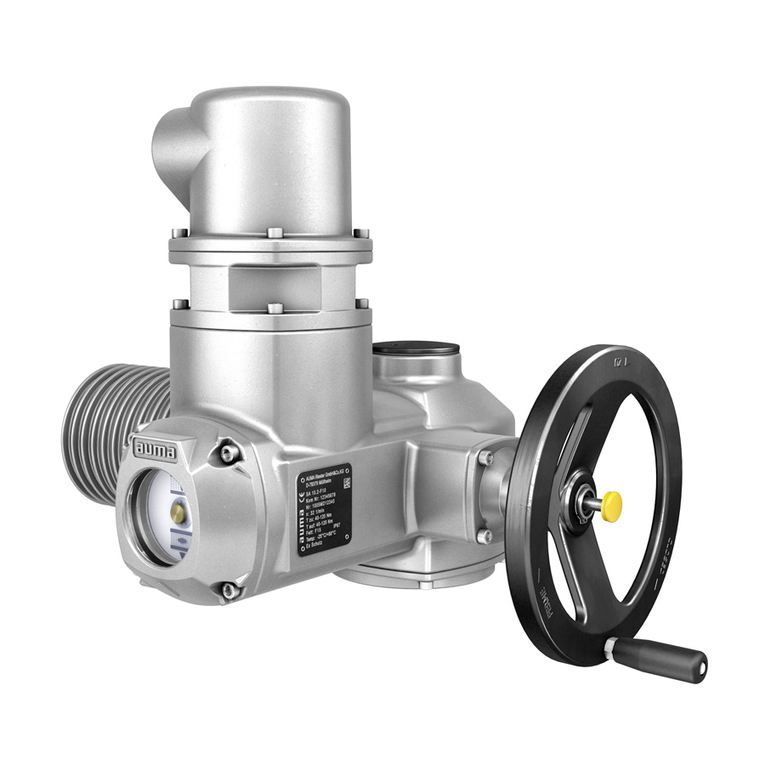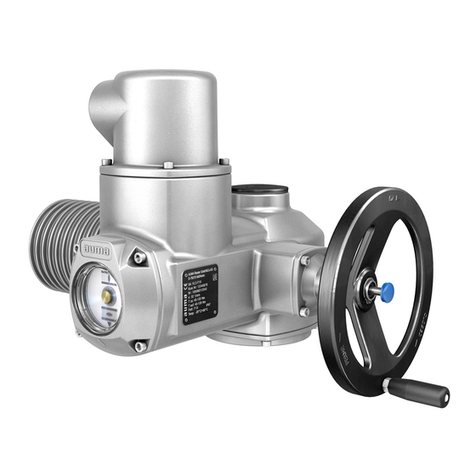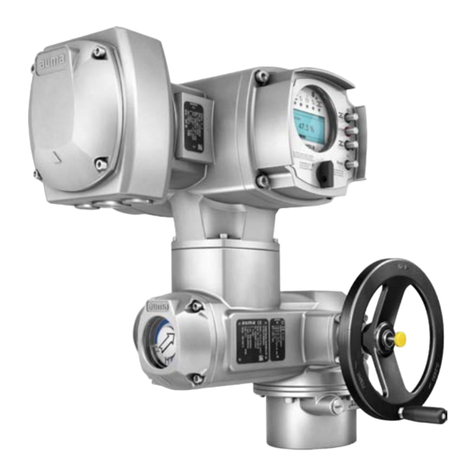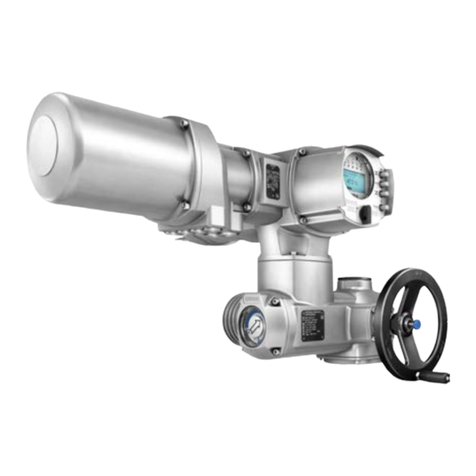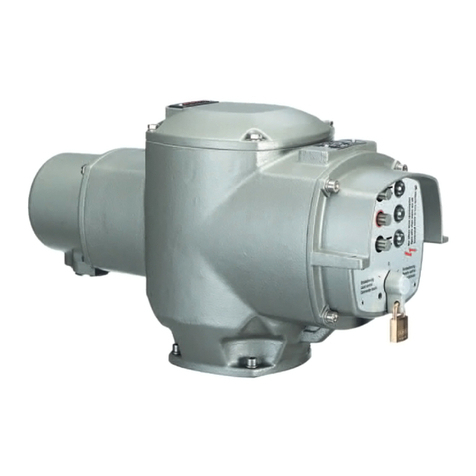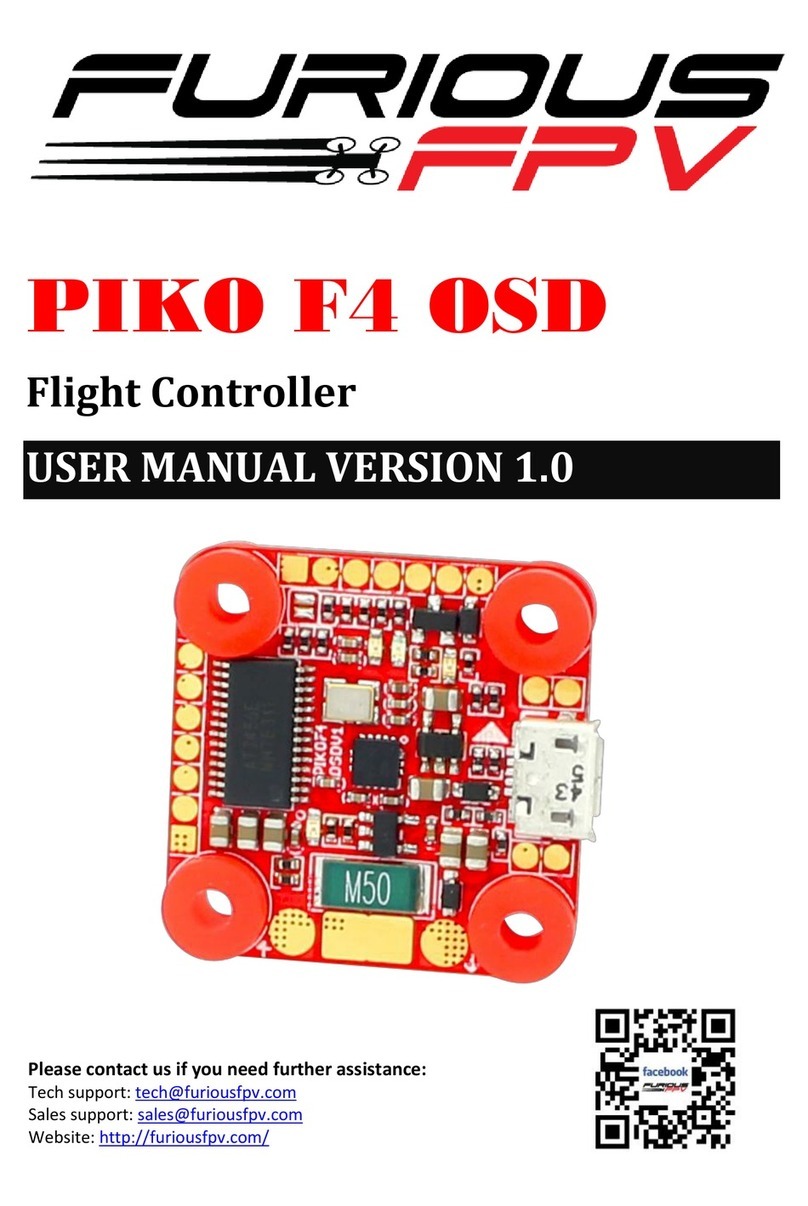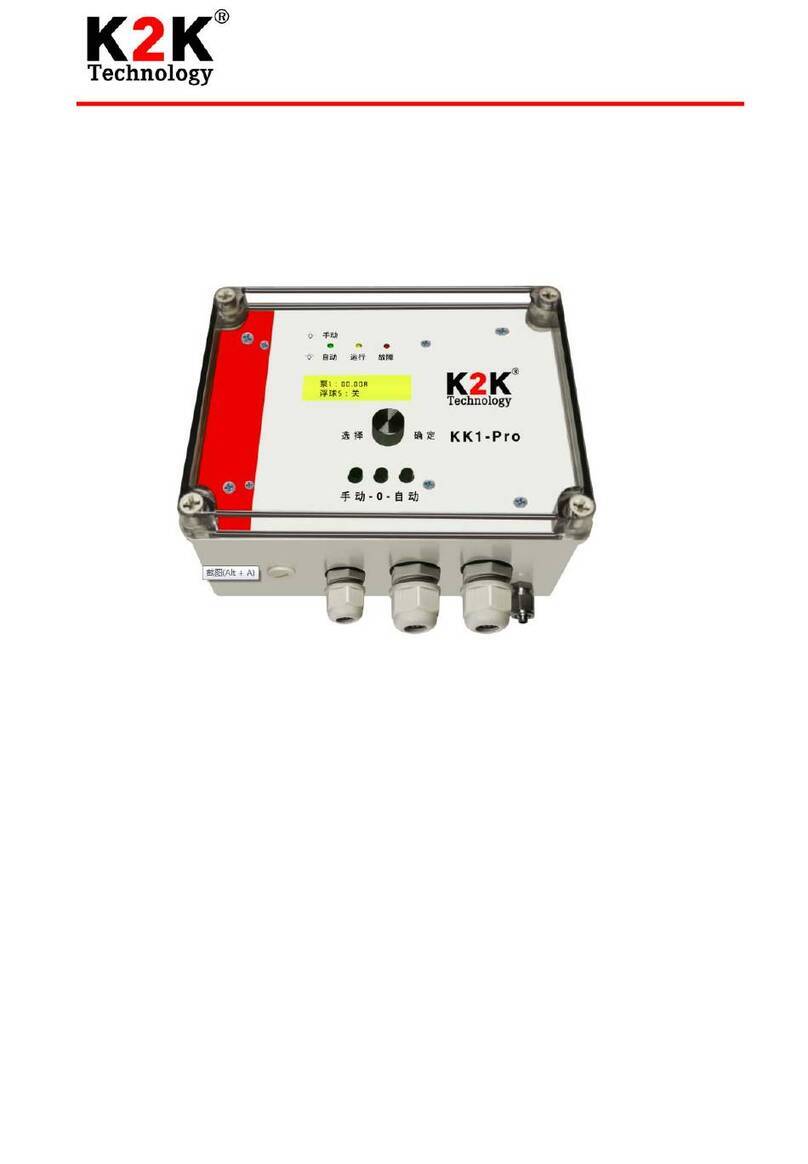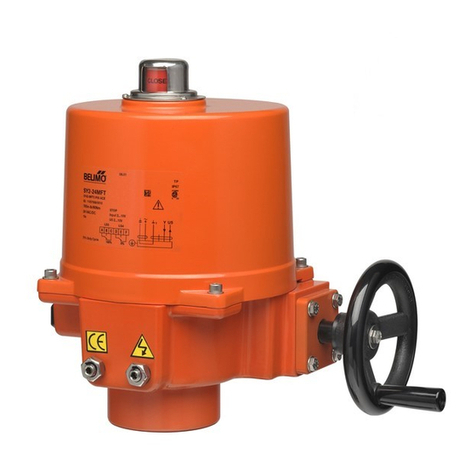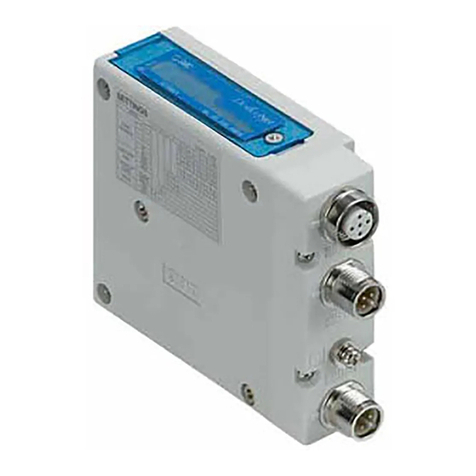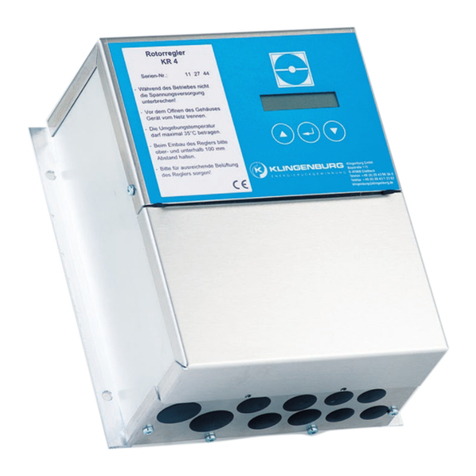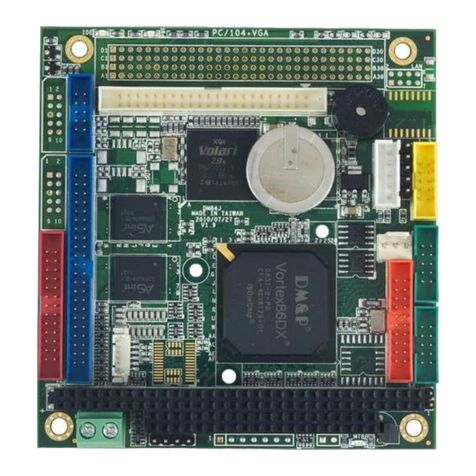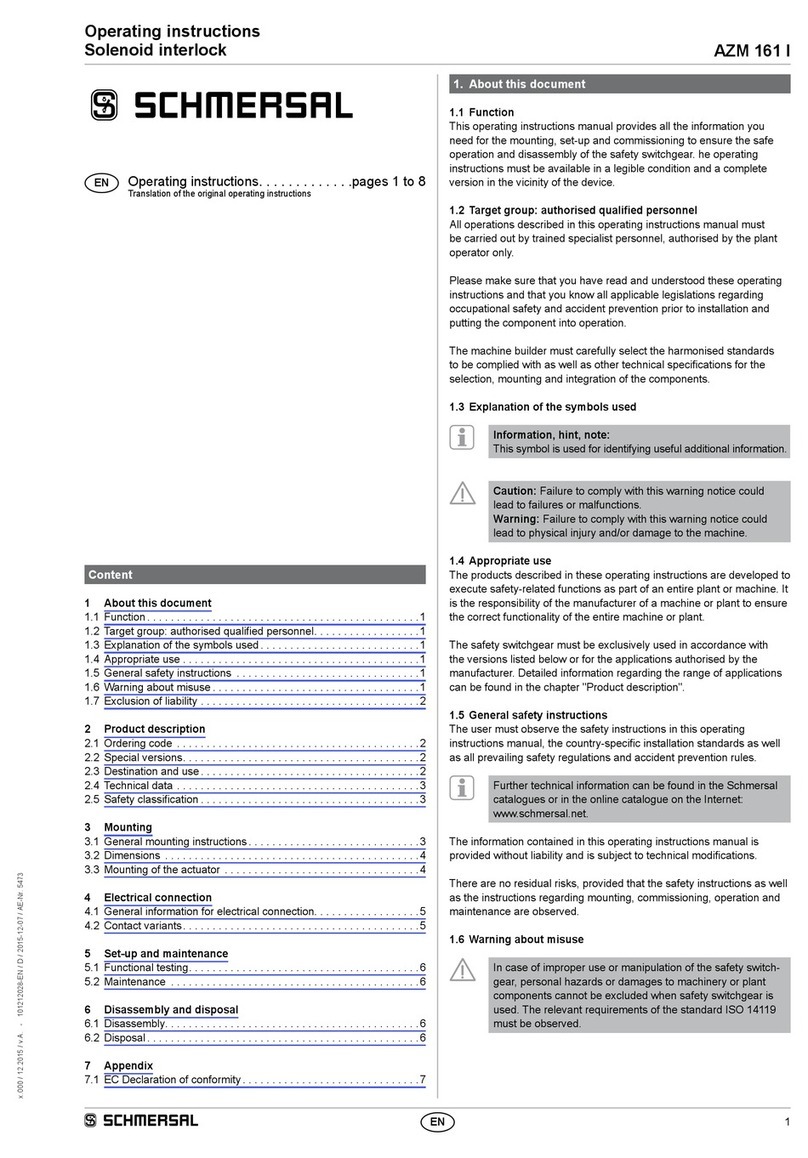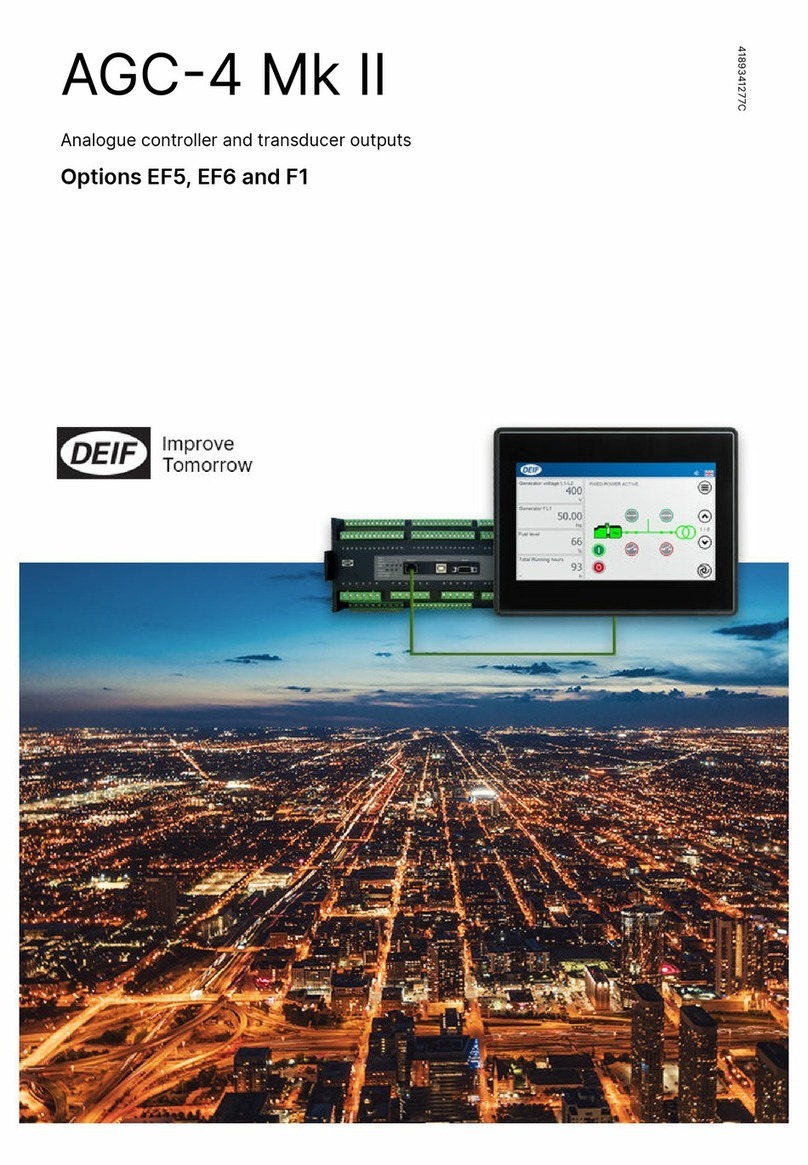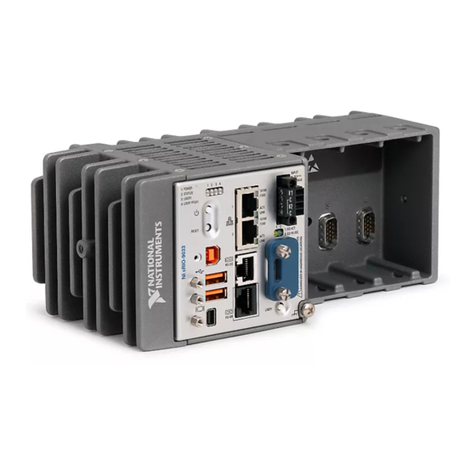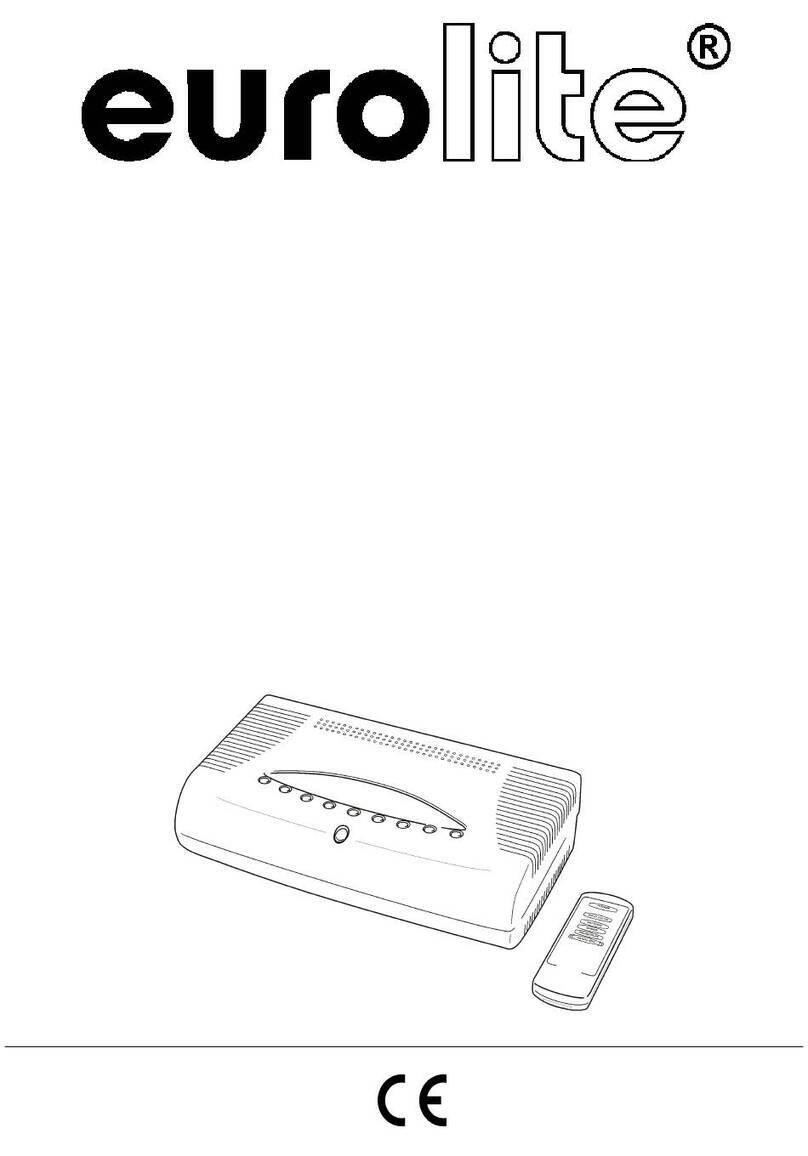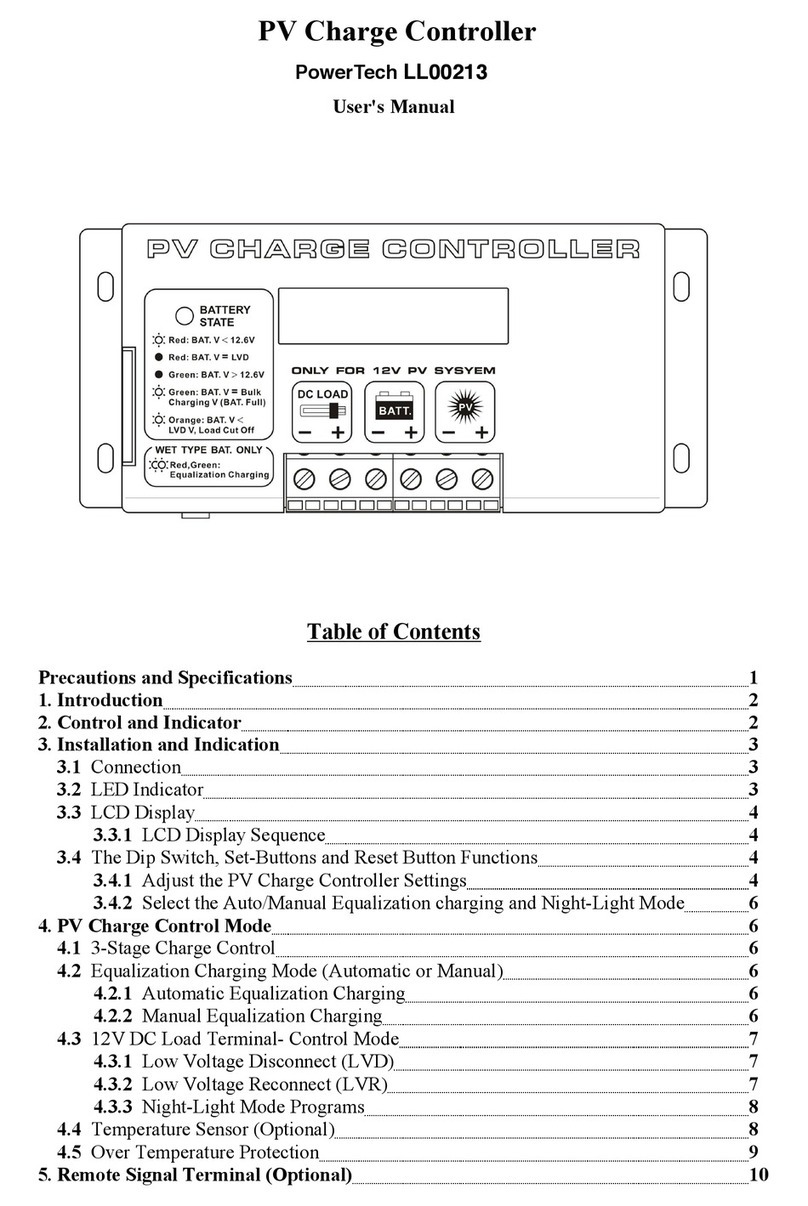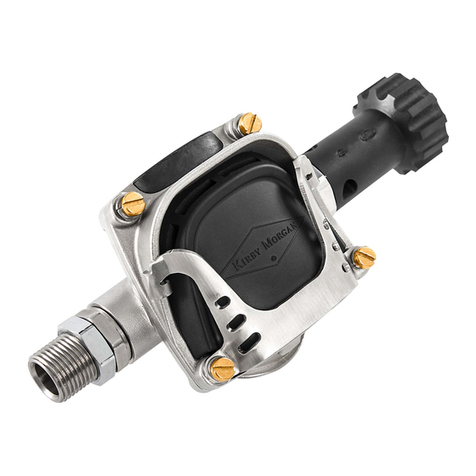
Table of contents
2
Target group:
This document contains information for assembly, commissioning and maintenance staff.
Read operation instructions first.
• Heed safety instructions.
• These operation instructions are part of the product.
• Store operation instructions during product life.
• Pass on instructions to any subsequent user or owner of the product.
Table of contents
1 Safety instructions ........................................................................................................................................... 4
1.1 Prerequisites for the safe handling of the product...................................................................................... 4
1.2 Range of application .................................................................................................................................. 4
1.3 Warnings and notes ................................................................................................................................... 5
1.4 References and symbols............................................................................................................................ 5
2 Short description.............................................................................................................................................. 7
3 Name plate ........................................................................................................................................................ 8
4 Transport and storage ..................................................................................................................................... 11
4.1 Transport.................................................................................................................................................... 11
4.2 Storage....................................................................................................................................................... 12
5 Assembly .......................................................................................................................................................... 13
5.1 Mounting position ....................................................................................................................................... 13
5.2 Fit handwheel............................................................................................................................................. 13
5.3 Mount actuator to valve.............................................................................................................................. 13
5.3.1 Overview on coupling variants ........................................................................................................ 14
6 Electrical connection ....................................................................................................................................... 17
6.1 Basic information........................................................................................................................................ 17
6.2 S/SH electrical connection (AUMA plug/socket connector) ....................................................................... 18
6.2.1 Open terminal compartment ........................................................................................................... 19
6.2.2 Cable connection ............................................................................................................................ 19
6.2.3 Close terminal compartment ........................................................................................................... 21
6.3 Accessories for electrical connection (option)............................................................................................ 22
6.3.1 Parking frame.................................................................................................................................. 22
6.3.2 DS intermediate frame for double sealing....................................................................................... 22
6.3.3 External earth connection ............................................................................................................... 23
7 Operation .......................................................................................................................................................... 24
7.1 Manual operation ....................................................................................................................................... 24
7.1.1 Manual valve operation................................................................................................................... 24
7.2 Motor operation .......................................................................................................................................... 24
8 Indications (option) .......................................................................................................................................... 25
8.1 Mechanical position indication via indicator mark ...................................................................................... 25
9 Signals (output signals)................................................................................................................................... 26
9.1 Feedback signals from actuator ................................................................................................................. 26
10 Commissioning (basic settings) ..................................................................................................................... 27
10.1 End stops in part-turn actuator................................................................................................................... 27
10.1.1 Set end stop CLOSED .................................................................................................................... 28




















